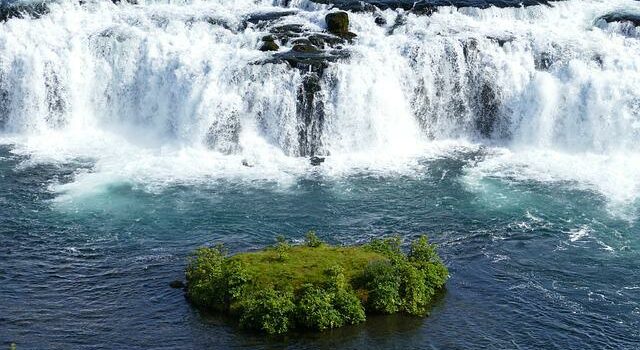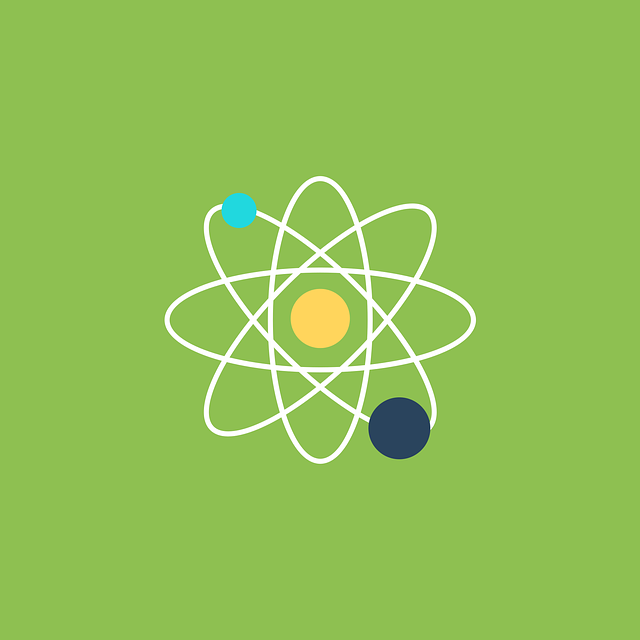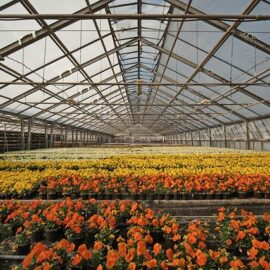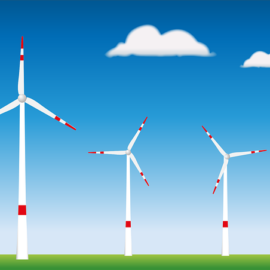
Hydropower is one of the most important renewable energy sub-sectors . Its advantages include: no environmental pollution, as well as lower operating costs and higher efficiency compared to coal-fired power plants.
Hydropower is widely used to produce electricity. The energy generated in this way reduces environmental pollution and saves natural fuels . Some types of power plants can also provide flood protection.
Hydropower – what is it?
Hydropower, as the name suggests, uses water, which is the most widely used renewable energy source. Water makes up almost 71% of the globe’s surface, so it can be used in many areas, including energy. In hydroelectric power plants, obtaining energy is a fairly simple process and is based on the conversion of potential energy into kinetic energy of flowing water. One way to increase the energy potential is the damming of water with the help of erected dams. The water moves the turbine with the generator and thus produces electricity. The most common method of obtaining hydropower is the use of inland waters, in this case rivers and permanent water reservoirs. Other water resources can also be used, including:
- the energy of the tides occurring as a result of the cyclical movements of the mass of water, resulting from the gravitational interaction of the Earth, the Sun and the Moon;
- the energy of sea waves generated by the interaction of wind and water, having their source in the solar energy causing the wind;
- the energy of sea currents caused by the action of the wind, temperature differences, as well as water density or changes in atmospheric pressure;
- the thermal energy of the seas and oceans as a heat store that is converted from solar radiation;
- energy of diffusion occurring in the case of a difference in concentration, which results from the degree of salinity of fresh and sea water.
Types of hydropower plants
A hydropower plant is a plant in which water energy is converted into electricity. We can distinguish:
- Hydroelectric power plants that derive from water fall – the creation of this type of power plant requires appropriate conditions for the construction of the plant, which must often be created artificially. One way is to raise the upper water source or lower the lower one, as there are not many places in nature where the water fall is sufficient. Plants of this type can be divided into small and large (over 5 MW). Large hydropower plants, despite the fact that they use a renewable energy source, significantly interfere with the natural environment, which is why not everyone calls them ecological.
- Run-of-river power plants – use the energy of the water flowing in the river. They are unable to store liquids and therefore cannot regulate the electrical power generated.
- Regulating power plants – are equipped with water reservoirs that allow to accumulate and store the energy contained in the water, and then convert it into electricity at any convenient time.
- Pumped storage power plants – in plants of this type, electricity is converted into potential energy by pumping water into the upper reservoir during a lower energy demand (mainly at night); later, at peak times, electricity is produced into the grid by draining the water from the upper reservoir back to the lower one.


